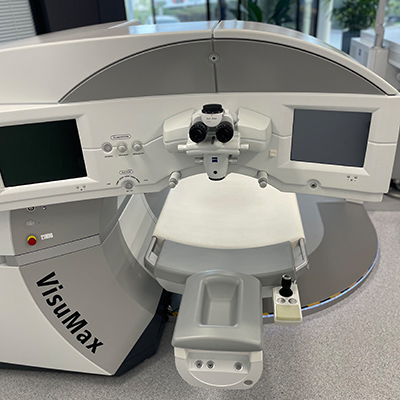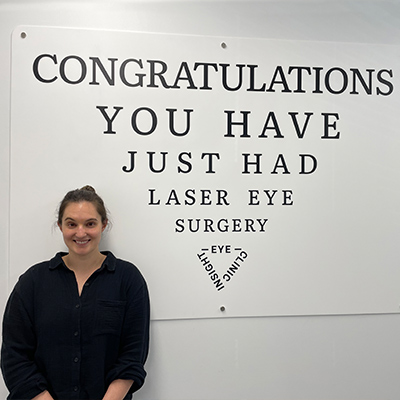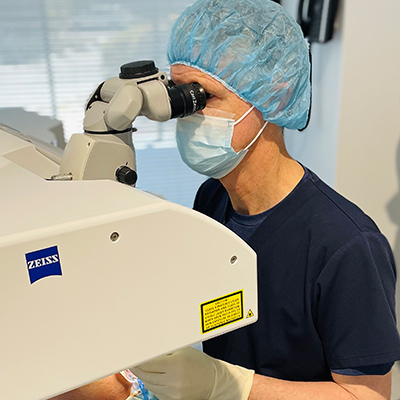What Does Smoking Do To Your Eyes?
I know you might find it easiest to ostrich your way through life, ignoring the facts surrounding smoking for one or several reasons… But if it has reached the time that you are ready for some real facts about what those little white sticks are doing to your eyes; read on and get your head (and eyes for that matter) out of the sand.

Beyond the physical appearance changes that smoking causes, smoking is damaging not only your body, but your eyes in ways that you probably have no idea about. Smoking can cause vision loss through various eye diseases and this is avoidable! This is the important time to read on to find out how.
Macular Degeneration
AMD is a common eye condition and a leading cause of vision loss among people age 55 and older.
It causes damage to the macula, a small spot near the centre of the retina (the inside back of the eye). The macula is the part of the eye needed for sharp, central vision, which lets us see objects that are straight ahead.
Those most at risk of developing AMD are people with a family history of AMD, people over the age of 75 and smokers. Early detection is key to avoid permanent vision loss with suitable treatment.
Please watch this video to help you understand the varying degrees of macular degeneration and the treatment process involved. You can also click this link to go to an informative page on our website which will give you more in depth information on AMD.
Cataracts
 Smoking and smokeless tobacco is directly related to earlier and more progressive onset of cataracts according to studies.
Smoking and smokeless tobacco is directly related to earlier and more progressive onset of cataracts according to studies.
Smoking can alter the cells of the lens through oxidation (a process in which an electron is removed from a molecule during a chemical reaction). This causes the lens that lives inside the eye, just behind the iris (coloured part of the eye) to become cloudy (cataract). This cloudiness (see image to the left), reduces the amount of light able to pass through the eye and therefore causes a reduction in vision among other symptoms.
Even if you have smoked most of your life, you can still halt the damage that is occurring but quitting. There is a proven reduction in the chances of eye disease through quitting as early as you can. No starting point, is too late in the game!
Some common symptoms of cataracts are:
- Vision that is cloudy, foggy, blurry or filmy
- Light sensitivity (particularly at night), glare and halos which can cause difficulty whilst driving
- Yellowing or fading of colours
- Constant changing of glasses or contact lenses with little improvement to vision
- Double vision in the affected eye
If you smoke, please follow this link to a help page on how to start the process of quitting and make your health and sight your priority.
Glaucoma
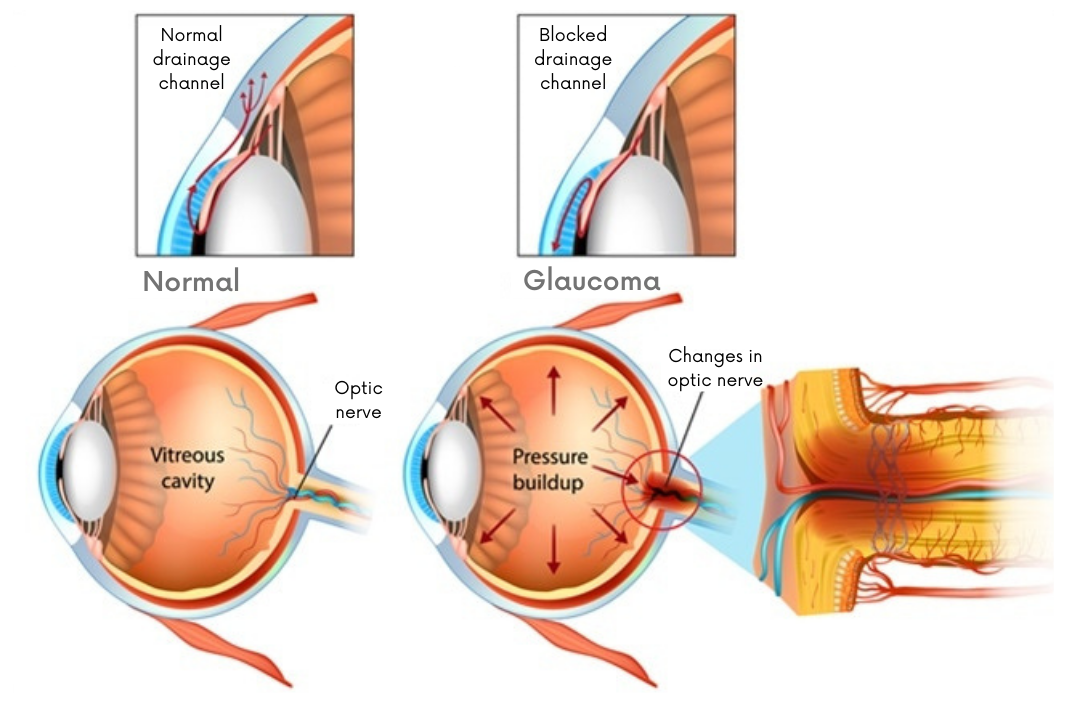 Glaucoma is the second leading cause of blindness worldwide and the major cause of irreversible blindness. Smoking increases your chances of developing glaucoma.
Glaucoma is the second leading cause of blindness worldwide and the major cause of irreversible blindness. Smoking increases your chances of developing glaucoma.
Glaucoma occurs when damage to the optic nerve results in vision loss. There are several types of glaucoma but the two most common forms are primary open angle glaucoma (POAG) and angle closure glaucoma (ACG). Often with ACG, there are no symptoms and a sudden onset of vision loss is your first warning. If you have an immediate family history of glaucoma, are of African descent, smoke or have diabetes / heart disease, you are at increased risk of developing glaucoma.
You can reduce your chances of glaucoma by:
-
- Quitting smoking
- Maintaining a healthy weight
- Monitor blood pressure and keep within normal limits
- Manage any existing health conditions
An annual eye check ups with an Optometrist/Optician is crucial in the early detection of this disease so that it can be managed. The most common symptom is an increase in the eyes intra-ocular pressure (IOP).
Diabetic Retinopathy
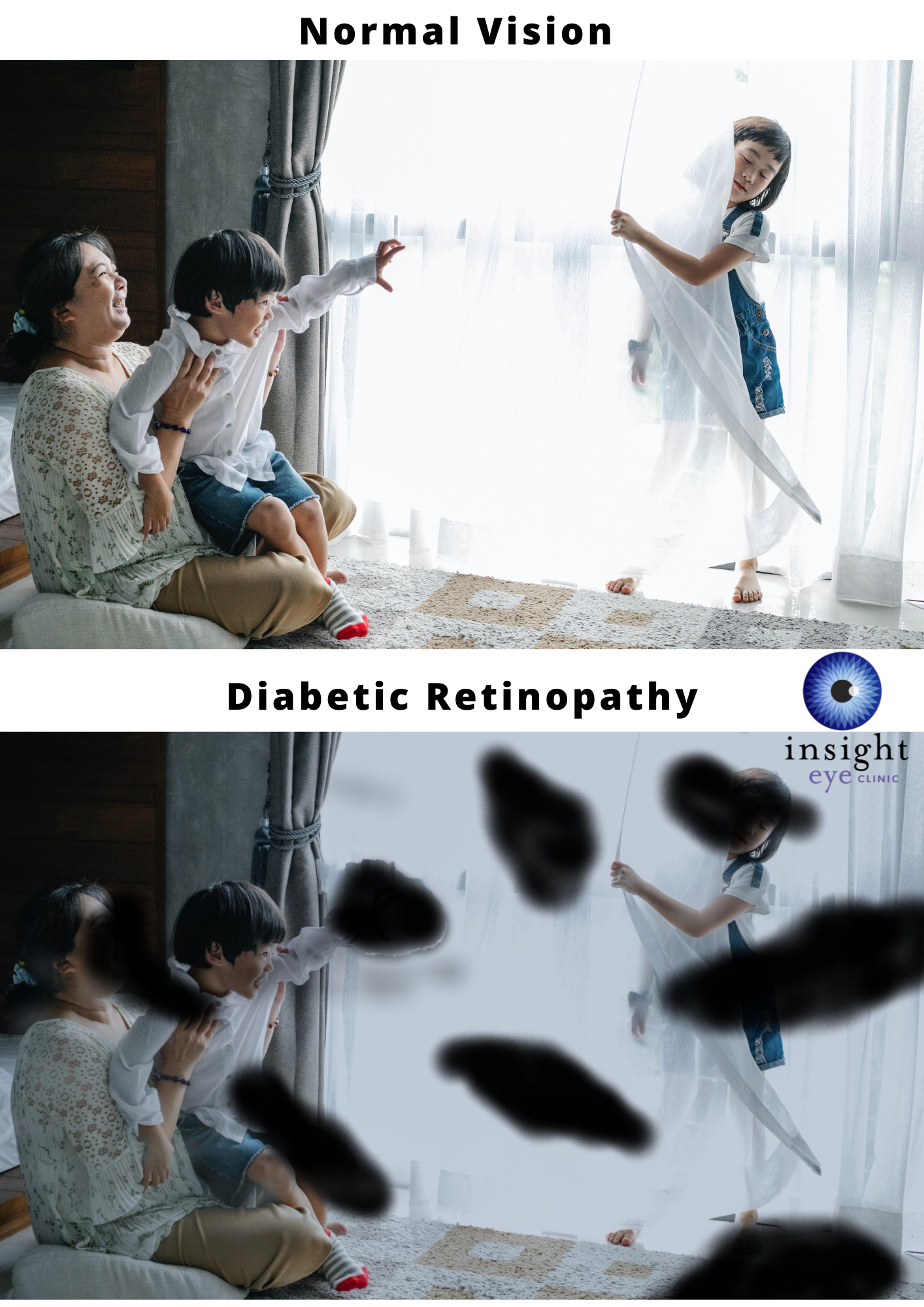 Smoking almost quadruples the damage to the body caused by diabetes. Diabetes is directly linked to our eyes and can cause diabetic retinopathy which is damage to the blood vessels in the tissue at the back of the eye (retina).
Smoking almost quadruples the damage to the body caused by diabetes. Diabetes is directly linked to our eyes and can cause diabetic retinopathy which is damage to the blood vessels in the tissue at the back of the eye (retina).
Once diabetic retinopathy onsets, treatment can help but the condition cannot be cured. Mild cases can be treated with careful diabetes management and dietary changes. Severe cases may require surgery or possibly lead to blindness.
Smoking increases the risk of diabetes as it increases blood sugar levels and may make your body more resistant to insulin.
**Nothing in this blog post is to be construed as medical advice, nor is it intended to replace the recommendations of a medical professional. For specific questions, please see your eye care practitioner.**
https://insighteye.com.au/alcohol-really-vision/


